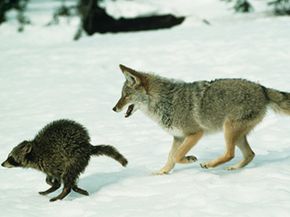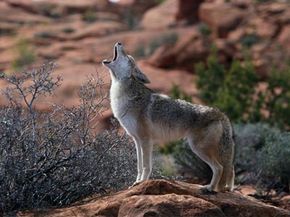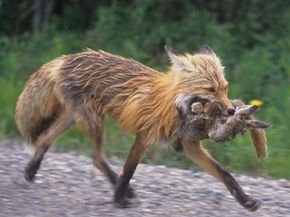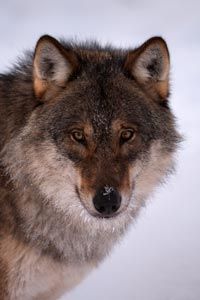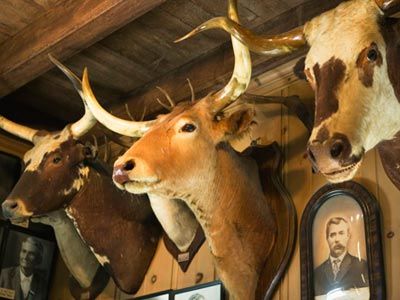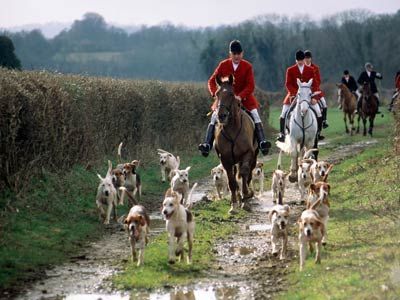Though he's always unsuccessful, there's no denying the ingenuity of Looney Tunes character Wile E. Coyote. In his pursuit of the speedy Road Runner, the coyote has ordered what must be the very latest in roadrunner hunting technology from the Acme Corporation, including a Burmese tiger trap, a steel wall and muscle-building vitamins that may provide the needed speed. It's clear that even though slingshots, ladders, dynamite and rocks ultimately fail the coyote, this is one tricky animal to deal with.
That sly cunning of predators such as coyotes, foxes, mountain lions and bobcats provides some of the appeal of predator hunting. In this sport, those natural predators have the tables turned on them -- they become the prey. But predator hunters say that the sport is more than just an exhilarating challenge that fills the time between big-game hunting seasons -- it's a bona fide public service.
Advertisement
If you've ever heard phrases such as "the fox in the henhouse" or "a wolf in sheep's clothing," then you might understand what the hunters mean. These expressions reflect the fundamental danger that some predators present to man's way of life; if the eggs and meat from your chicken are essential to your survival, then that fox in the henhouse has to go.
To understand this public service in action, let's consider the wily coyote. In the United States, coyotes are now found in every state except Hawaii [source: Kayser]. Because so many of the coyotes' natural predators have been eliminated, there's no check on their dominance. In one study by the International Association of Fish and Wildlife Agencies, it was estimated that coyote populations in the southeast United States alone might grow by 210 percent if man didn't hunt them [source: Spomer].
So enough rooting for the coyote to get the roadrunner. Let's talk about how we can get the coyotes, as well as their fellow predators.
Advertisement
